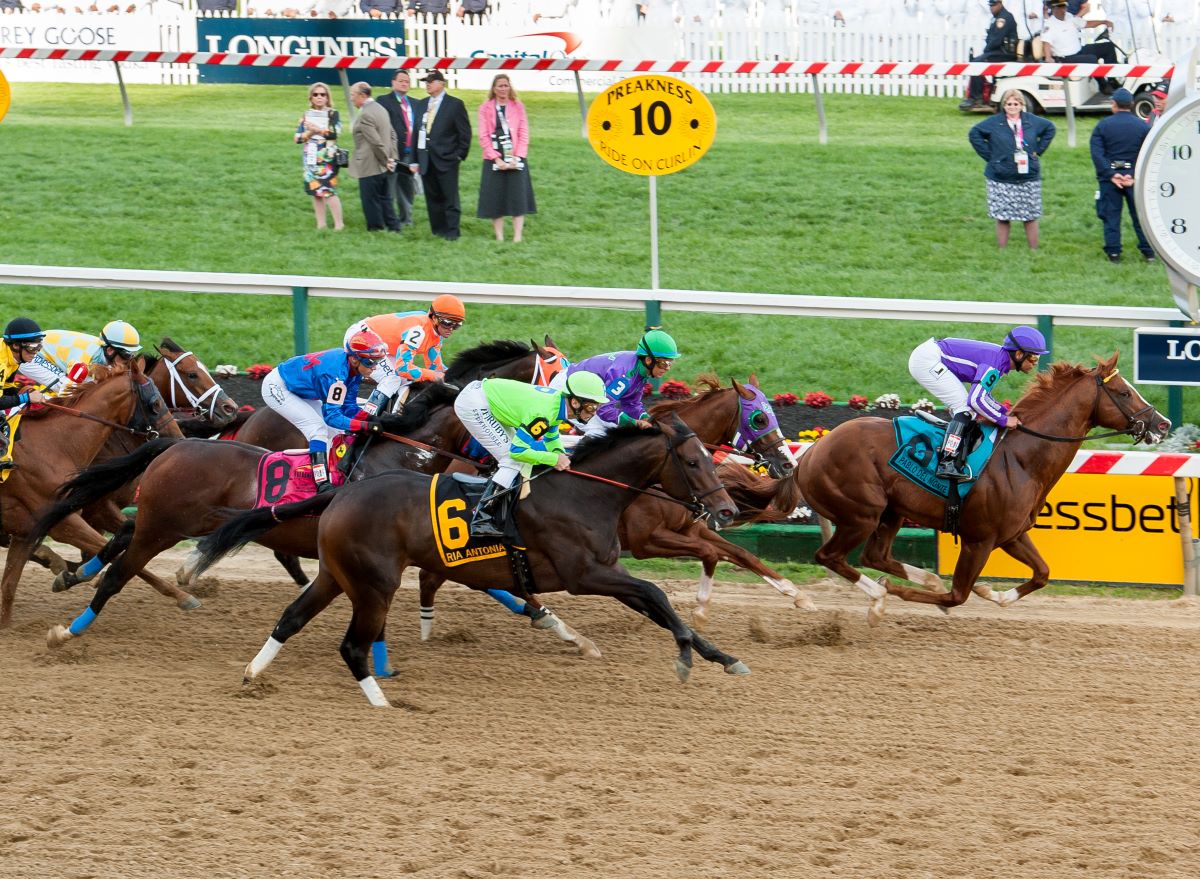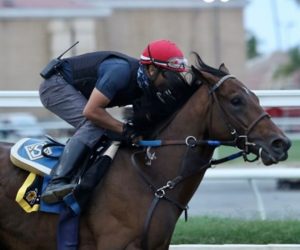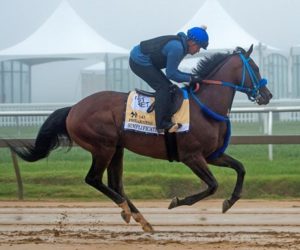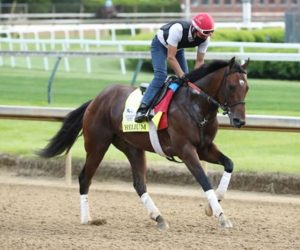The Horseracing Integrity and Safety Authority (HISA) released its proposed new rules on Thursday that address doping enforcement, medication, crop usage, and new claiming provisions.

The HISA proposal puts drug enforcement in the hands of the US Anti-Doping Agency (USADA). Those rules simplify what is often a Byzantine maze of drug classifications and penalties. Under the new HISA rules, banned substances fall into two categories: primary and secondary.
Primary substances, such as clenbuterol, anabolic medications, and blood-doping agents are forbidden at all times. Secondary substances, such as most anti-inflammatories and supplements, are banned only on race days.
A trainer handling a horse testing positive for a primary substance violation can be suspended for up to two years for a first violation. That penalty jumps to four years for aggravated circumstances or a second violation, and the proverbial “three strikes and you’re out†for a third violation – a lifetime ban.
HISA can punish the horses
Horses testing positive for secondary violations bring a 30-day suspension and fine. That jumps to up to a two-year suspension for aggravated circumstances, or four or more violations in a two-year period.
The horses aren’t immune from punishment either. Testing positive brings an automatic race-day disqualification and up to a 14-month suspension. Along with this, all administered medications must be logged into a national electronic database. That database must be updated within 24 hours of treatments.
Horses face an open-ended testing period. No advance notice is needed to drug-test a horse. Trainers and owners must account for their charges at all times, lest they face a suspension for the trainer or horse.
Public comment welcomed and encouraged
These new rules aren’t etched in stone yet. They will undergo two rounds of public feedback: an initial public comment period, followed by submission to the Federal Trade Commission, and another public comment period before final enactment.
“We are honored to be involved at this stage to help draft and ultimately finalize gold-standard rules of anti-doping and medication control for the equine industry,†USADA CEO Travis Tygard said in a statement laying out the proposed rules. “We are excited with where this process is headed and with proposed rules being published for two additional rounds of public feedback.â€
While the drug/medication rules draw much of the attention, the new riding crop rules for jockeys will also draw interest. HISA’s proposal standardizes these rules across the country, allowing jockeys to strike a horse on the hindquarters no more than six times in a single race. They may strike a horse only twice in succession before allowing the horse to respond.
California sets template for HISA crop rule
These are the base rules currently in use in California, where the just-concluded Breeders’ Cup ran last weekend at Del Mar. Penalties are far more severe under these new guidelines than they currently are in California.
The proposed punishment for one to three extra strikes is a minimum three-day suspension for the jockey. Four to nine additional strikes brings the same suspension, along with automatic disqualification for the horse. Strike a horse 10 times or more and you’re sitting for a minimum of five days. Repeat offenders are subject to further suspensions.
This will have a minor impact on races from a betting standpoint, based on what happened in California when the rule was enacted. It’s a stricter rule than is found in most jurisdictions within the country, and foreign riders often have a hard time adapting. But it shouldn’t create the full-blown mutiny and issues New Jersey jockeys encountered when that state’s racing commission passed a rule last September forbidding using the crop except in emergencies to control the horse.
Claiming rules streamlined to protect claimants
On the claiming front, claimers can void their claim if the horse dies or needs to be euthanized on the track, is vanned off to a hospital, or goes on the vet’s list for bleeding, unsoundness, or other maladies. Any horse dying on the track must undergo a full necropsy within 24 hours.
The proposed HISA rules also mandate that claiming races can’t offer purses larger than a 1.6-1 ratio of the claiming price of the race. That means for a $60,000 claimer at Santa Anita, the purse can’t surpass $96,000.
HISA published more information on its website here.












The ratio of 1.6-1 is too low for bottom level horses. Take a 16,000 claimer running in New York . The bills for the horse will run at least 50,000 a year. That would make purse 25,600. Winning race would result in 14,780 . That is without trainer/jockey shares being deducted. The math does not work for an owner. That horse would need to win 4 -5 times just to get even. This ratio will make racing top heavy. The top ratio should be 2.45-2.5 to 1. That makes it easier to cover vet and training bills. 1.6-1 also makes it more dangerous for lower level horses as owners / trainers will place horses in races above their abilities which will cause undue stress to the horse and potentially cause injuries.